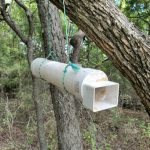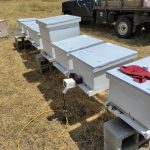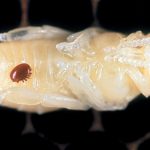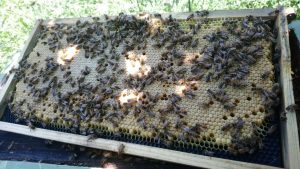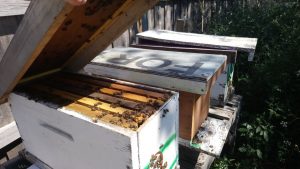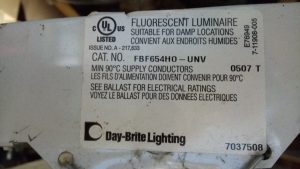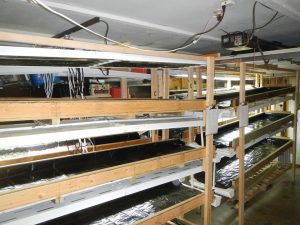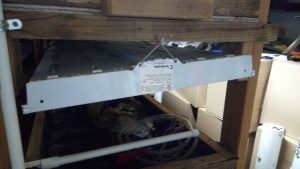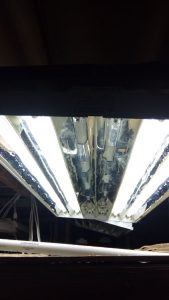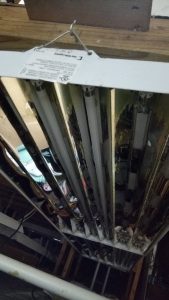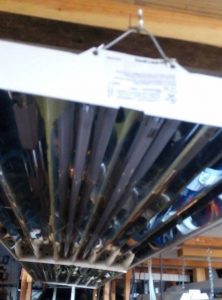It is now July of 2022, and Varroa Destructor mites have been detected in Australia. The beekeepers there have long enjoyed their vocation (and hobby) of beekeeping without this pest, which is a known transmission vector for at least 27 destructive viruses.
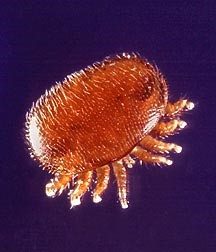
Varroa Mite
Australia’s Department of Primary Industries current action plan is to eradicate the varroa – by eradicating the food upon which they feed. That means that the bee colonies – both managed and feral – in the know contamination zones – will be destroyed to destroy the pest. My understanding is that honey harvests, equipment, and bees – all will be destroyed in an attempt to give their continent a clean slate again.
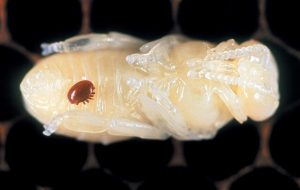
Varroa Mite Reproduction – Adult varroa on developing pupa. Photo credit: Dennis Anderson
Varroa feed upon the hemoglyph (fat bodies) within the body of the bee (and other pollinators as well). Their reproductive cycle – occurs in the cell of a honeybee larvae – as it pupates. An excerpt from the USDA states:
Varroa reproduce in capped worker and drone brood cells. Mature female mites (called mother mites or foundresses) enter cells just prior to capping. The foundress starts feeding on the brood within six hours of the cell being sealed, and feeding occurs regularly thereafter. The site on the larvae where the foundress pierces the cuticle to feed becomes the feeding area for her offspring. The first egg laid by the foundress develops into a male. The second egg develops into a female mite that mates with the male. The foundress mite feeds on the developing larvae, and can transmit several different viruses in the process. In worker brood, foundress mites produce 1-2 mated daughter mites. In drone brood, which takes longer to mature, 2-3 mated daughters can be produced. When the bee is fully developed, and emerges from the capped cell, the foundress mite and her daughters emerge and attach to adult bees. Mites on adult bees are called ‘phoretic mites’. Most commonly, phoretic mites attach to young worker bees tending developing brood (i.e., nurse bees). Nurse bees are the target of phoretic mites because the bees remain in the brood area and can serve as a vehicle to transport mites to brood cells. Phoretic mites can feed on adult bees, but when a brood cell of suitable age is found, the mite will detach and enter the cell to reproduce. Mites will enter and reproduce in worker brood, but preferentially enter drone brood if it is available. Source: ( Varroa Mite Life Cycle and Reproduction – from Carl Hayden Bee Research Center: Tucson, AZ )
When they were detected in the US in 1986 – after being found first in Mexico and Canada, the destruction to colonies was massive. Entire operations lost to disease being transferred from these pests.
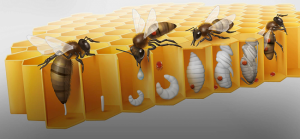
Varroa Life Cycle – photo credit Bayer @ researchbayer.com
In other parts of the world, we have learned to deal with varroa with several methods. Chemical, Environmental, and Genetic shifts are currently being employed. Of these – so far – there is no “Magic Bullet” that eradicates the mite completely…
Chemical treatments may include: (but no limited to) Apivar , ApiGuard, Formic Acid (Formic Pro, etc) , Oxalic Acid in various forms (liquid drizzle, vaporized gas, blended with glycerine onto sheets, etc.
Environmental changes include heat / thermal treatments of the brood space of the colonies. Products such as the “Bee Hive Thermal Industries” – Mighty Mite Thermal Treatment uses a heat plate to raise the internal hive temperature to 106 deg F – which has been proven to sterilize mites so they cannot reproduce. This done on a regimen of several treatment periods spaced 5 days apart – can interrupt the life cycle of the varroa. This method was employed after observation of the natural brood break cycles that occur when a colony swarms. During the initial swarm period, hive temperature is raised by the bees, and was found to be a “knock down period” for the mite. With the development of tools to simulate this temperature shift in a controlled manner, the mites can be knocked back significantly.
Genetic Shifts include the raising and reproduction of queens and colonies that have true Varroa Sensitive Hygiene (VSH). VSH was first described as being behavior in which the bees groomed the mites off of each other. This, while nice, doesn’t necessarily mean the bees are performing significant changes to their internal health & hive cleanliness. True VSH behavior has since been found in colonies that sense a difference in the developing honeybee pupae. They can sense (by smell) a cell that has varroa inside – and will uncap the pupating larvae – remove it (and the attached mite(s) feeding and reproducing on the body of that developing bee, and throw it out of the hive. Hygienic Behavior at it’s finest. While this does not kill the mite immediately – it allows the bees to deal with the mites that exist in their natural environment, and toss them out the front door to die outside of the hive with the discarded pupae.
Queen breeders and researchers around the world have been working on developing lines of genetics that have this behavior. Arista Bee Research – based in the Netherlands works with and provides scientific methods and metrics for queen breeders and beekeepers internationally to report findings from their queens, then produce queens from those lines, and continue to take metrics, and provide a supply of queens from various producers that can handle existing with varroa and managing the colony because of that varroa.
Breeders toughen up bees to resist deadly mites
Long term – at some point – Australia – IF it is able to eradicate the varroa temporarily – will need to instill a program that DOES work. The bug and it’s diseases WILL be back. Eventually the virus and it’s transmission method will make it across barriers again.
I urge beekeepers to know the status of their hives and varroa levels. When varroa increase their population – we see it’s effect in the hive in the form of changed behavior, absconds, expression of disease symptoms (i.e. Deformed Wing Virus ‘DWV’).
Use a method to see what your mite-load is in your hives. Randy Oliver of Scientific Beekeeping has articles on performing mite counts. See here: Mite Wash Counts and Refining the Mite Wash
A recent article Randy authored on Australia: The varroa incursion in Australia 4 July 2022
For me – the immediate use of vaporized OA as well as thermal treatments when possible for my yards – as well as a shift in queen sources (and my own rearing of those genetics) will be my long-term plan. Let’s hope that Australia’s Department of Primary Industries comes up with a similar plan to manage the bees and pests – instead of eradication of an industry.
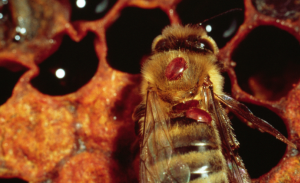
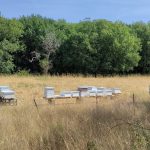 sure they have supplemental feeding with sugar syrup provided directly into the hives, as well as protein supplements – to stimulate brood rearing. I’ll also be placing/refilling powdered pollen substitute near(ish) to the hives for supplemental feeding. The goal with the feeding is to not only sustain the bees – but provide extra food to allow them to survive through whatever winter will throw at us this next year. I have also been performing mite treatments on the colonies.
sure they have supplemental feeding with sugar syrup provided directly into the hives, as well as protein supplements – to stimulate brood rearing. I’ll also be placing/refilling powdered pollen substitute near(ish) to the hives for supplemental feeding. The goal with the feeding is to not only sustain the bees – but provide extra food to allow them to survive through whatever winter will throw at us this next year. I have also been performing mite treatments on the colonies.